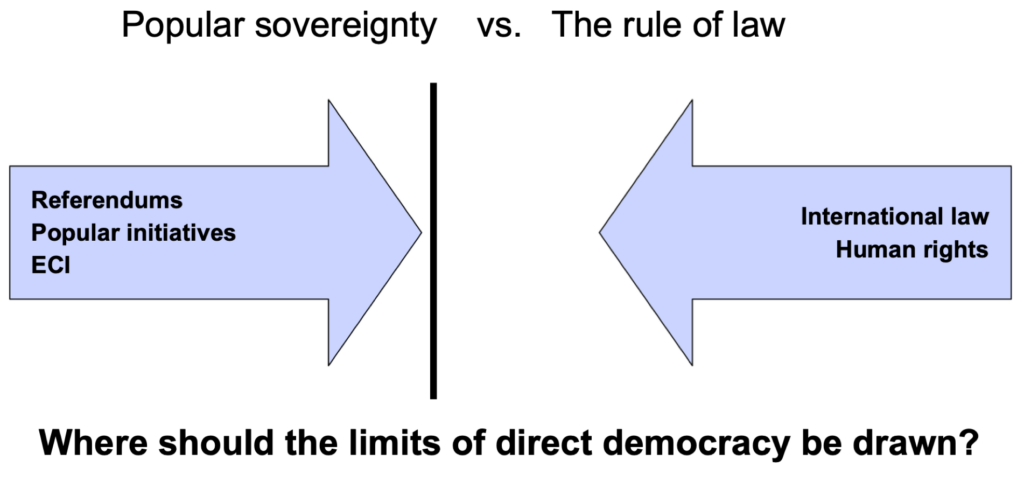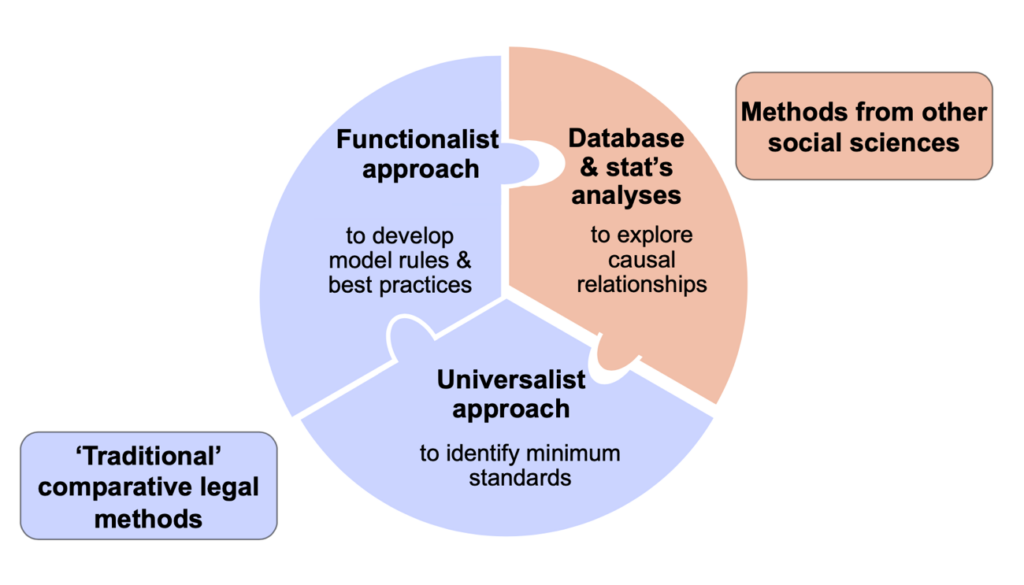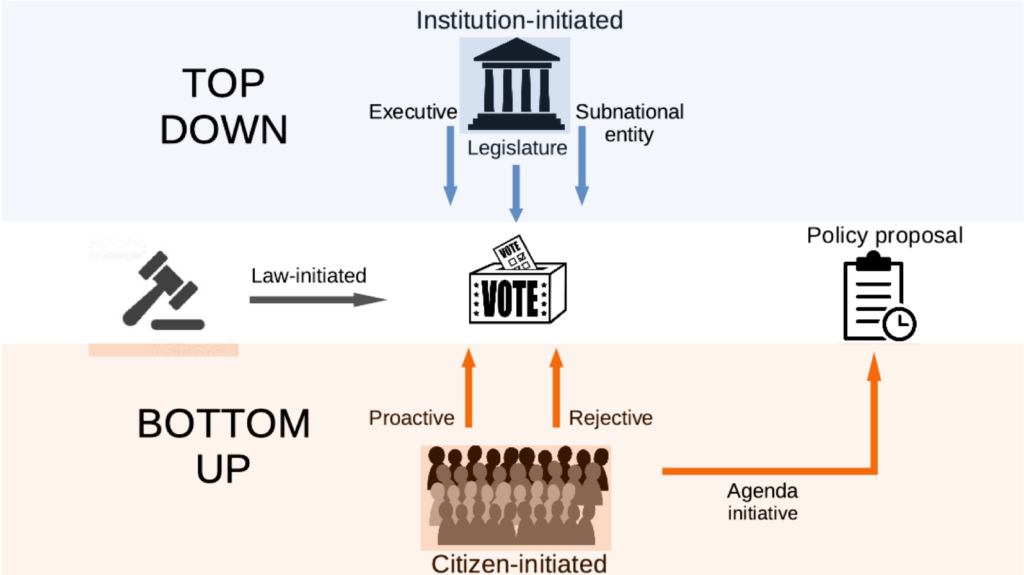The LIDD project
With the mushrooming of direct-democratic instruments throughout Europe and the introduction of the European Citizens` Initiative (ECI), the relationship between popular sovereignty and the rule of law is set to become one of the defining political issues of our time. Where should the limits of direct democracy be drawn?

To identify the limits to direct democracy, LIDD undertakes an extensive data collection and benchmarking exercise for the 47 member states of the Council of Europe (CoE) across 4 dimensions:
- Substantive limits: subject matters that are excluded from the scope of direct-democratic instruments (such as initiatives and referendums)
- Formal limits: rules regulating (i) intelligibility of the referendum question; (ii) consistency of the subject matter; (iii) foreseeability of the consequences
- Institutions and procedures: institutional and procedural systems for reviewing compliance of direct-democratic instruments with substantive and formal limits
- Practice: (i) direct democracy in practice (vote frequency and policy type, substantive outcomes etc.); (ii) law in practice (interpretation and application of existing laws)
Interdisciplinary perspective

Taxonomy of direct-democratic instruments
The starting point for LIDD is a taxonomy of direct-democratic instruments as used across the CoE member states. Seven direct-democratic instruments are identified depending on how the instrument is activated.
- Law-initiated referendum (frequently referred to as the mandatory referendum)
- Institution-initiated referendums: (i) Executive; (ii) Legislature; (iii) Subnational entities
- Citizen-initiated instruments: Proactive citizens’ initiative (puts forward a policy proposal); (ii) Reactive citizens’ initiative (challenges a law); (iv) Agenda initiative (puts an issue on the agenda of state organs but does not lead to a referendum)

